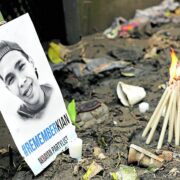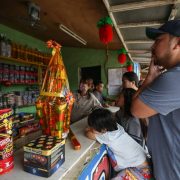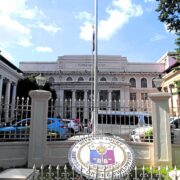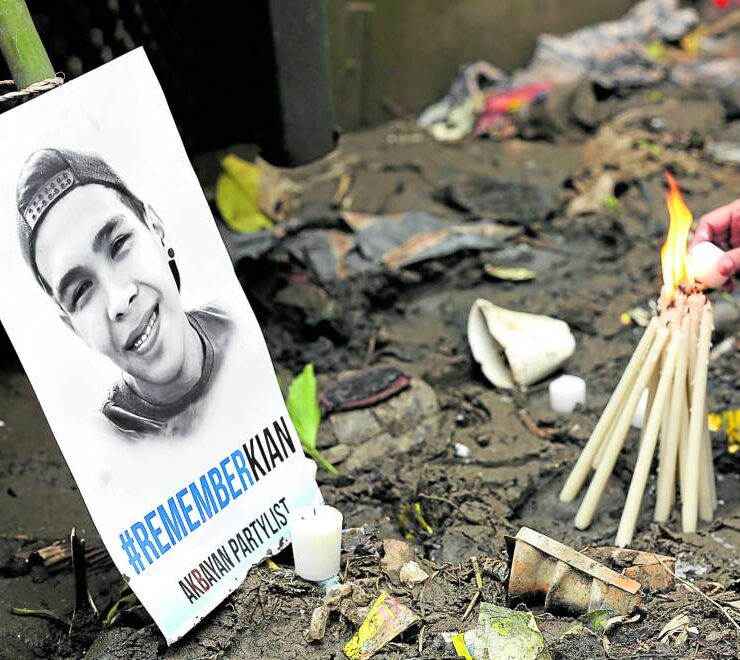Floridians vow to rebuild after storms
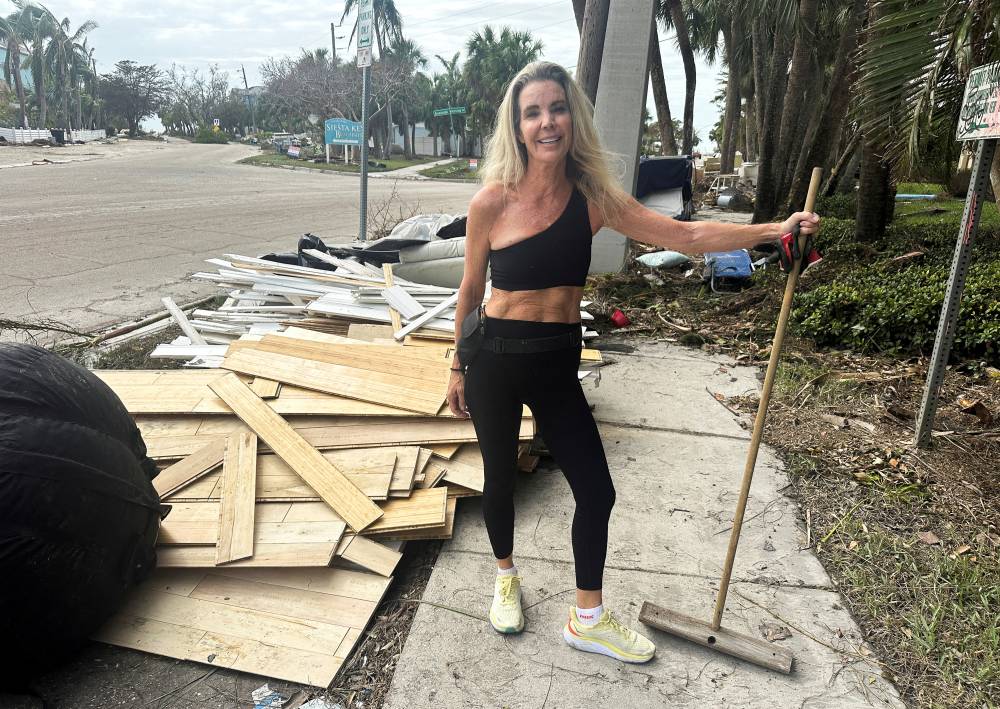
SIESTA KEY, FLORIDA—Chris Fiore was supposed to be accepting delivery of new household appliances and furniture, replacing items that were swamped by Hurricane “Helene” just a few weeks ago.
Instead, the resident of Siesta Key, the Florida barrier island town where Hurricane “Milton” made landfall this week, was using a broom to push muck and seawater out of her ground floor condo, a dream home she purchased just four years ago.
“There is no chance I’m pulling up stakes,” Fiore said on Friday, pointing out the waterline where ocean water earlier this week was 60 centimeter up a wall. “I’m doubling down, thinking about hurricane windows and doors, figuring out how to stop this water from coming in.”
This sentiment was echoed by several residents of Siesta Key who spoke with Reuters on Friday.
All were feeling down but none seemed defeated, despite the threats of more and stronger hurricanes in the future.
“Paradise is still paradise, despite this mess,” said Pat Hurst, who along with her husband Bill has lived on Siesta Key since 2011.
“That said, cleaning up from one hurricane while trying to prepare for another was really stressful.”
While those living outside hurricane-prone zones may wonder why their residents choose to stay, it is easy to see Siesta Key’s appeal, even after a hurricane. The place is a Jimmy Buffett song come to life.
The mix of low-slung homes and three-story condos are painted in pleasant pastels, and downtown is lined with appealing restaurants and bars.
After Milton, fine white beach sand covered roads several blocks inland. Homes were turned inside out, with every imaginable household possession ruined by Helene heaped along roads. Coconuts were blown from trees and thrown asunder.
Tossed on land
Boats normally docked in canals were tossed on land. Dumpsters already full from the Helene cleanup were being topped by Milton’s debris.
Elsewhere in the state, workers on Saturday were rescuing people trapped by rising floodwaters, Florida Gov. Ron DeSantis said, and electricity and fuel was still unavailable in many areas. He said the Biden administration had approved federal aid to help residents and local governments cover their expenses.
At least 17 deaths were attributed to Milton, according to media outlets.
DeSantis said on Friday he was not inclined to prevent people from rebuilding in vulnerable areas.
“People work their whole lives to be able to live in environments that are really, really nice, and they have a right to make those decisions with their property as they see fit,” he told reporters.
Florida has led the nation in population growth since 2021 despite a low-lying topography that leaves it vulnerable to hurricanes and rising sea levels.
Florida ZIP codes account for 78 of the 80 riskiest areas in the country, according to Weather Source, an environmental risk consultancy. Residents paid an average of $4,060 for property insurance in 2023, nearly $1,000 higher than any other state.
Sherry Tom, 49, convinced her husband and three daughters to leave Pittsburgh’s cold winters and move to Siesta Key in 2021.
“This place is my whole heart,” she said. “But I will admit—I’m worried about living in fear that this will happen again. But if we can, we’re staying.”
Tom said she thought that they would have to knock down what remained of their home and build from scratch. She was resolute about staying.
Marko Radosavljevic, 54, owns one of the original homes built by Siesta Key’s first developer, Frank Archibald.
As he worked to clean out debris from the house he has owned since 2017, Radosavljevic said he was not even considering leaving behind a place “with a special island vibe.”
“I refuse to be pushed out,” Radosavljevic said.
Reuters, the news and media division of Thomson Reuters, is the world’s largest multimedia news provider, reaching billions of people worldwide every day. Reuters provides business, financial, national and international news to professionals via desktop terminals, the world's media organizations, industry events and directly to consumers.





